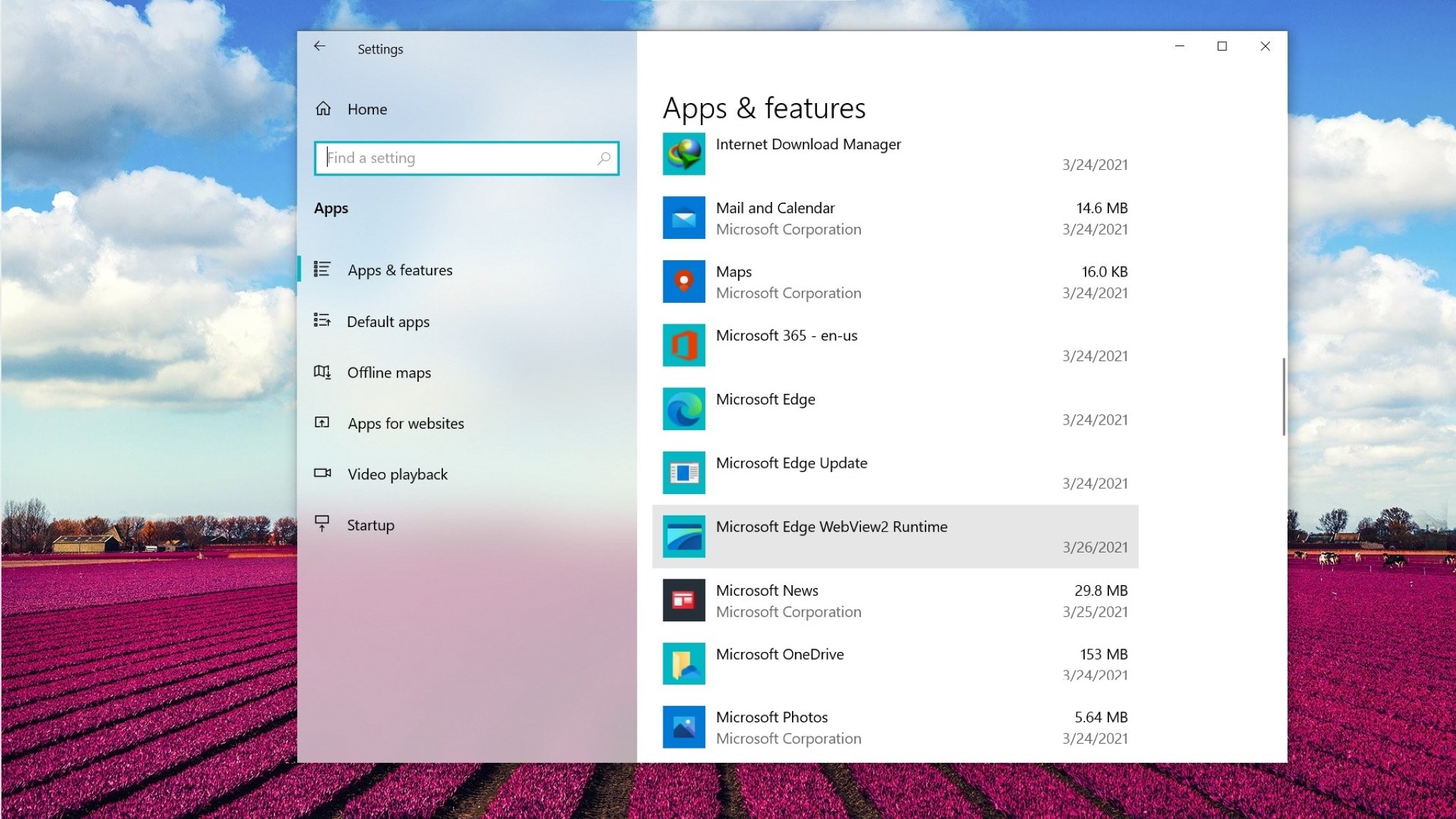

The runtime is available for download here. In the future, it will be shipped with Windows.It is available to target Win32, WPF, WinForms, and WinUI3 applications (the latter in preview stage).Updates automatically without additional effort from you.Does not depend on the Edge browser being installed on the machine, or a particular version of it.The reason for preferring to target the runtime include the following:

Only one installation of the runtime is needed for all apps on the device. The runtime is a modified version of the Chromium-based Edge intended and tested for apps. The best way to do so is using the Edge WebView2 evergreen runtime. If you build apps that use the WebView2 component you need to distribute it with your application. The WebView2 control is not available in the stable Edge installation and you should not rely on insider channel on production machines. However, for production, you must use the WebView2 runtime.

Using Edge and the WebView2 control is a natural choice because: If you are working on existing Windows native applications that display web content or want to create new ones, you should no longer rely on Microsoft ActiveX web browser control. All efforts are focused on Edge, and the new version of Microsoft Edge is based on the Chromium project. Although Internet Explorer is still available in order to maintain compatibility with older websites and intranet sites that require ActiveX and other Microsoft legacy web technologies, it is no longer developed. Microsoft has deprecated its Internet Explorer browser and replaced it as default browser on Windows 10 with Edge. use the asynchronous programming model of Edge.navigate to pages with customer headers or content.how to add the WebView2 control to your C++ desktop applications.Part 4: Performing navigation with custom data and headers.Part 1: Introduction to Edge and WebView2.


 0 kommentar(er)
0 kommentar(er)
